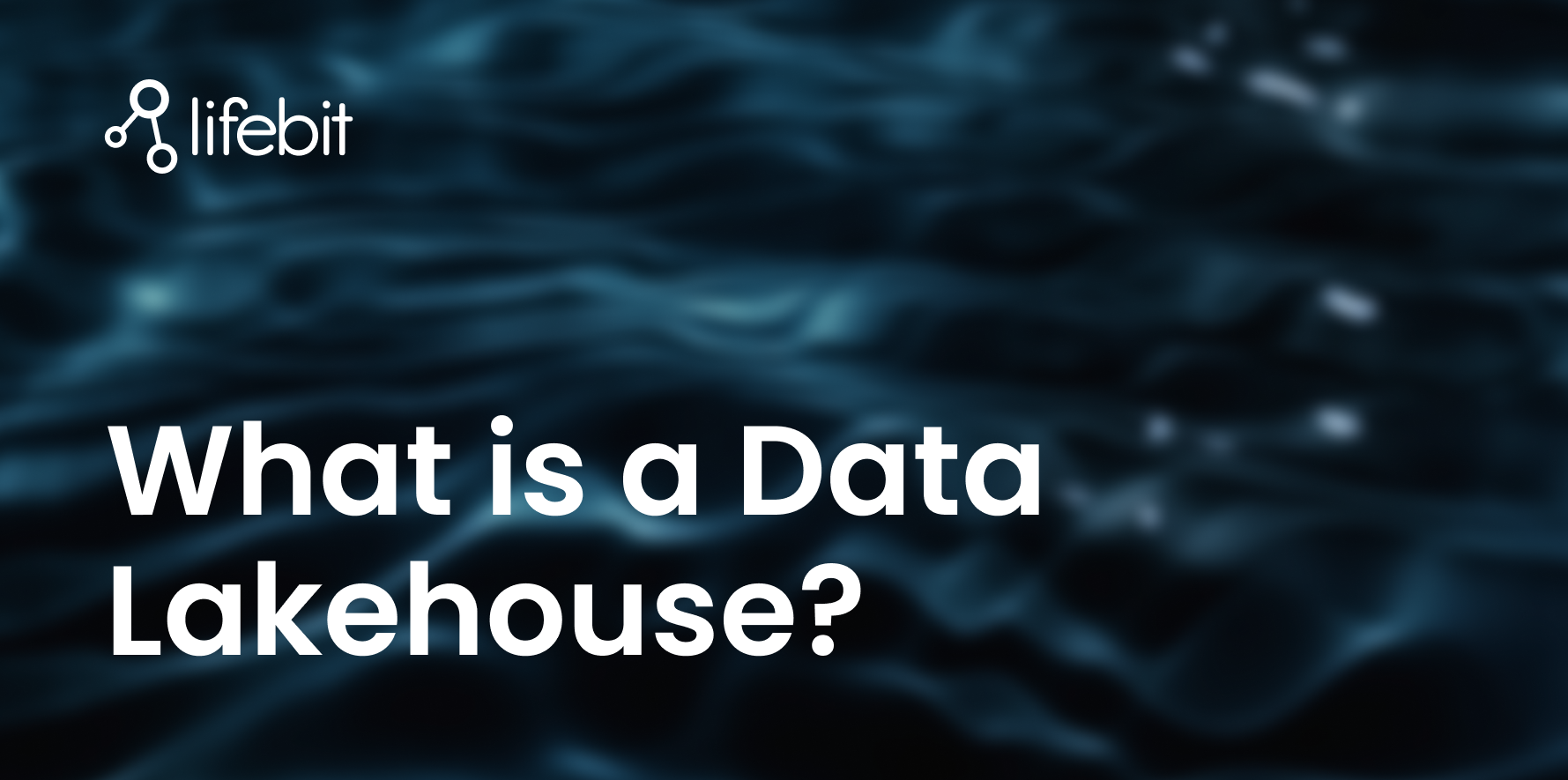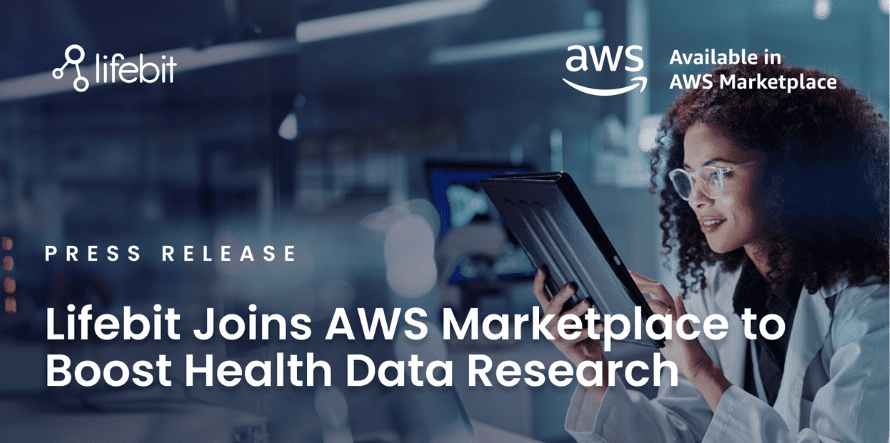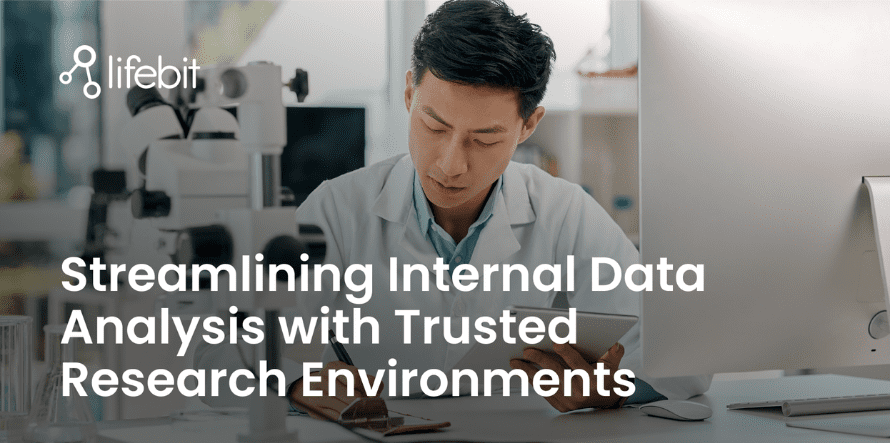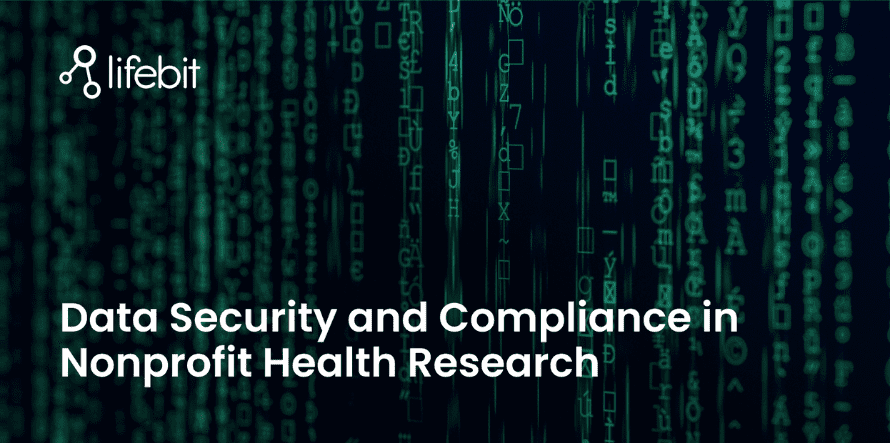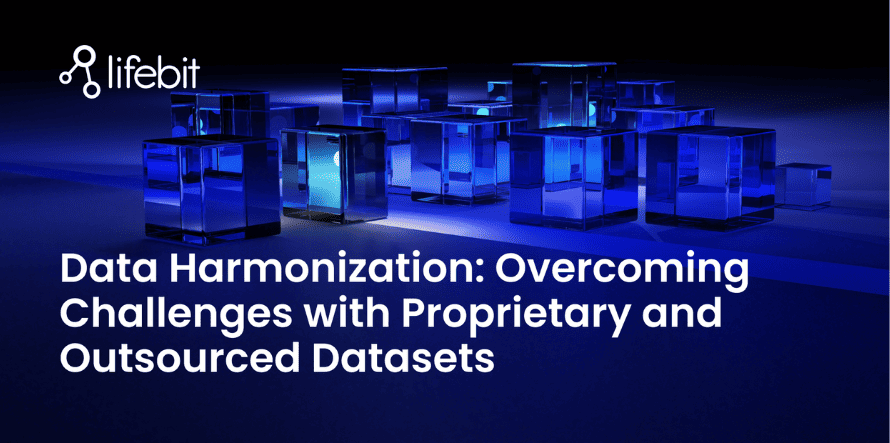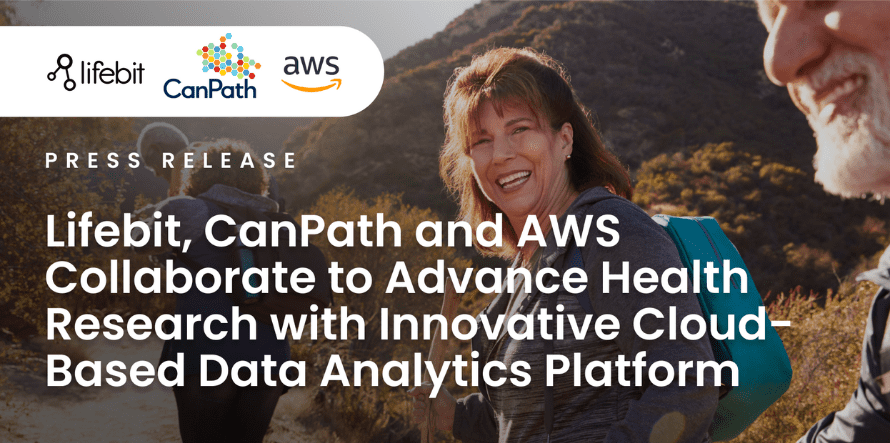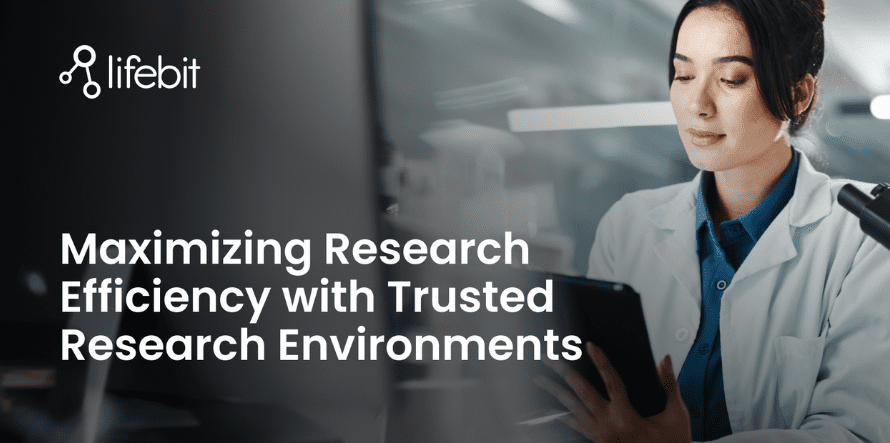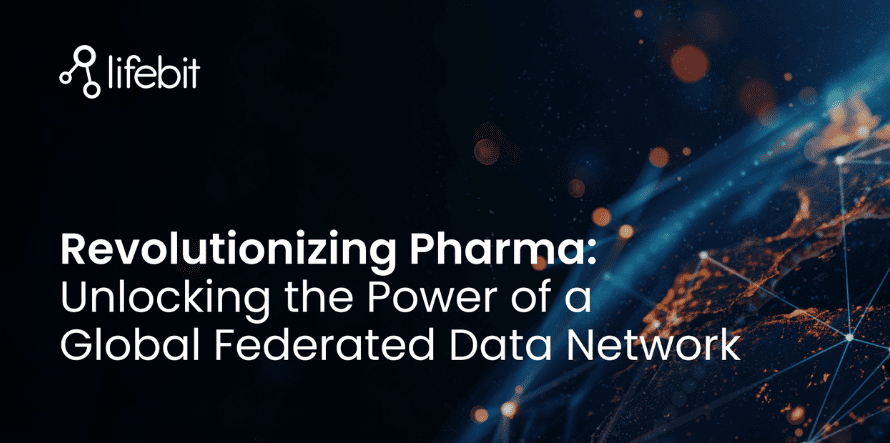18 September 2024
Author: Ashley Lê
Healthcare and precision medicine organizations deal with massive amounts of data from various sources scattered across the world. Datasets are often proprietary, developed in-house or outsourced, obtained from third parties. Integrating these datasets effectively is challenging. Proprietary systems use unique data models or schemas which may not align with the structure of outsourced datasets, requiring significant transformation work. Outsourced datasets may also have restrictions on access and usage which can complicate integration. Organizations may also have distinct data management practices that are not unified. To address these challenges, data harmonization can serve as the backbone for seamless data integration, standardization, and utilization.
Understanding Data Harmonization: A Crucial Step Towards Precision Medicine
Data harmonization is the process of aligning data from different sources to ensure consistency, compatibility, and comparability. Data harmonization is often a crucial step before researchers can derive insights. For example, in precision medicine, researchers and healthcare providers rely on data from multiple sources, such as clinical studies, genomics, and patient registries. Harmonizing data ensures that these datasets are consistent in terms of definitions, formats, and units of measurement, allowing for accurate comparisons and analyses. Harmonized data allows researchers and healthcare providers to draw more accurate conclusions, tailor treatments to individual patients, and ultimately drive better health outcomes. Without proper harmonization, the full potential of large and diverse datasets cannot be realized, leaving critical insights untapped.
The Challenges of Diverse Datasets
Proprietary Datasets: The Complexity Within
Proprietary datasets are unique to each organization, often created and maintained in custom formats that are tailored to specific needs. While this can lead to highly specialized and valuable data, it also creates significant challenges when there is a need to integrate this data with other datasets. Differences in data structures, formats, and standards can lead to discrepancies, making data integration a complex and time-consuming task. Additionally, these standards may or may not be compatible with industry standards like FAIR principles which are a number of requirements for data to be findable, accessible, interoperable, and reusable.
Outsourced Datasets: The External Dilemma
On the other hand, outsourced datasets, which are often purchased or acquired from external sources, bring their own set of challenges. These datasets may come in various formats, with differing levels of data quality and adherence to standards. Integrating outsourced data into existing systems can be fraught with issues such as incomplete data, non-compliance with internal standards, and difficulties in ensuring data security.
The Need for Data Harmonization
Given these challenges, the need for data harmonization is clear. Without it, the integration of proprietary and outsourced datasets becomes nearly impossible, limiting the ability to leverage the full potential of the data. In sectors like healthcare, where accurate and timely data integration can be a matter of life and death, the importance of data harmonization cannot be overstated.
The Role of Data Harmonization Tools
What Are Data Harmonization Tools?
Data harmonization tools are specialized software solutions designed to standardize and integrate data from various sources. These tools perform crucial functions such as normalizing data formats, ensuring compliance with relevant standards, and enabling seamless integration of datasets. They are essential in environments where data is sourced from multiple locations, each with its own structure and standards. Ultimately, harmonized data allows researchers and clinicians to perform joint analyses across distributed datasets.
Types of Data Harmonization Tools
There are various types of data harmonization tools available, each serving a specific purpose:
-
ETL Tools (Extract, Transform, Load): These tools are designed to extract data from different sources, transform it into a common format, and load it into a central repository. They are particularly useful for dealing with large volumes of data from diverse sources.
-
Metadata Management Systems: These systems help manage the metadata that describes the data, making it easier to understand, standardize, and integrate datasets.
-
Automated Data Mapping Software: This software automates the process of mapping data fields from different datasets to ensure consistency and compatibility.
Key Features to Look For in Data Harmonization Tools
When selecting a data harmonization tool, there are several key features to consider:
-
Scalability: The tool should be able to handle large datasets and scale as your data needs grow.
-
Flexibility: It should support a wide range of data formats and standards.
-
Ease of Integration: The tool should easily integrate with your existing systems and workflows.
-
Compliance Capabilities: It should ensure that data is compliant with relevant regulations and standards.
-
Security: The tool must provide robust security features to protect sensitive data.
Case Studies: Real-World Applications of Data Harmonization Tools
Data Harmonization in Precision Medicine
Pharmaceutical organizations are driving advancements in precision medicine that can tailor medical treatment to individual characteristics, including genetics, environment, and lifestyle. However, achieving this goal requires the effective use of various types of data, which can often be disparate and inconsistent. These datasets can include proprietary genomic data and outsourced clinical data which are often not compatible for downstream analyses. By implementing a data harmonization tool that features advanced ETL capabilities and automated data mapping, organizations can standardize their datasets quickly and efficiently.
Additionally, integrating genomic data with clinical information, like Electronic Health Records (EHRs), holds significant potential for precision medicine. Incorporating genomic data into the clinical workflows of electrical medical records requires harmonization, enabling healthcare providers to make more informed decisions based on a patient's unique genetic profile. This integration is vital for the success of precision medicine, as it allows for more accurate risk assessments and tailored therapeutic approaches.
Best Practices for Implementing Data Harmonization Tools
Assessing Needs
Before selecting a data harmonization tool, organizations should assess their needs and user groups including types of data, the volume of data, and the specific data integration challenges. Understanding these factors will help an organization choose a tool that is best suited to their needs.
Choosing the Right Tool
When choosing a data harmonization tool, organizations should focus on compatibility with existing systems and the flexibility to handle various data formats. Look for tools that are supported by a reputable vendor and have a proven track record in the relevant industry. Solutions should also be scalable so that it fits into the organization’s long-term data strategy.
Training and Adoption
Implementing a data harmonization tool is not just about the technology; it’s also about the people who will be using it. Organizations require adequate training for the team to ensure the end users are comfortable using the tool and understand its full capabilities. Solutions can increase widespread adoption by highlighting the benefits of harmonized data and demonstrating how it can improve end users’ work.
Continuous Monitoring and Improvement
Data harmonization is an ongoing process that requires continuous monitoring of the effectiveness of the data harmonization efforts. The solutions should be flexible enough so that it can be adjusted as needed. Organizations should also regularly review the harmonization process to ensure that it is keeping up with changes in data sources, formats, and standards.
Conclusion
In the rapidly evolving world of precision medicine, the ability to effectively harmonize proprietary and outsourced datasets is crucial. Data harmonization tools play a key role in enabling organizations to standardize and integrate diverse data sources, unlocking valuable insights and driving better outcomes for patients. As the demand for precision medicine continues to grow, investing in robust data harmonization tools and practices will be essential for organizations that want to stay ahead of the curve.
About Lifebit
Lifebit is a global leader in precision medicine data and software, empowering organisations across the world to transform how they securely and safely leverage sensitive biomedical data. We are committed to solving the most challenging problems in precision medicine, genomics and healthcare with a mission to create a world where access to biomedical data will never again be an obstacle to curing diseases.
Lifebit's federated technology provides secure access to deep, diverse datasets, including oncology data, from over 100 million patients. Researchers worldwide can securely connect and analyze valuable real-world, clinical and genomic data in a compliant manner.
Discover our Global Data Network and book a data consultation with one of our experts now.
.webp)
